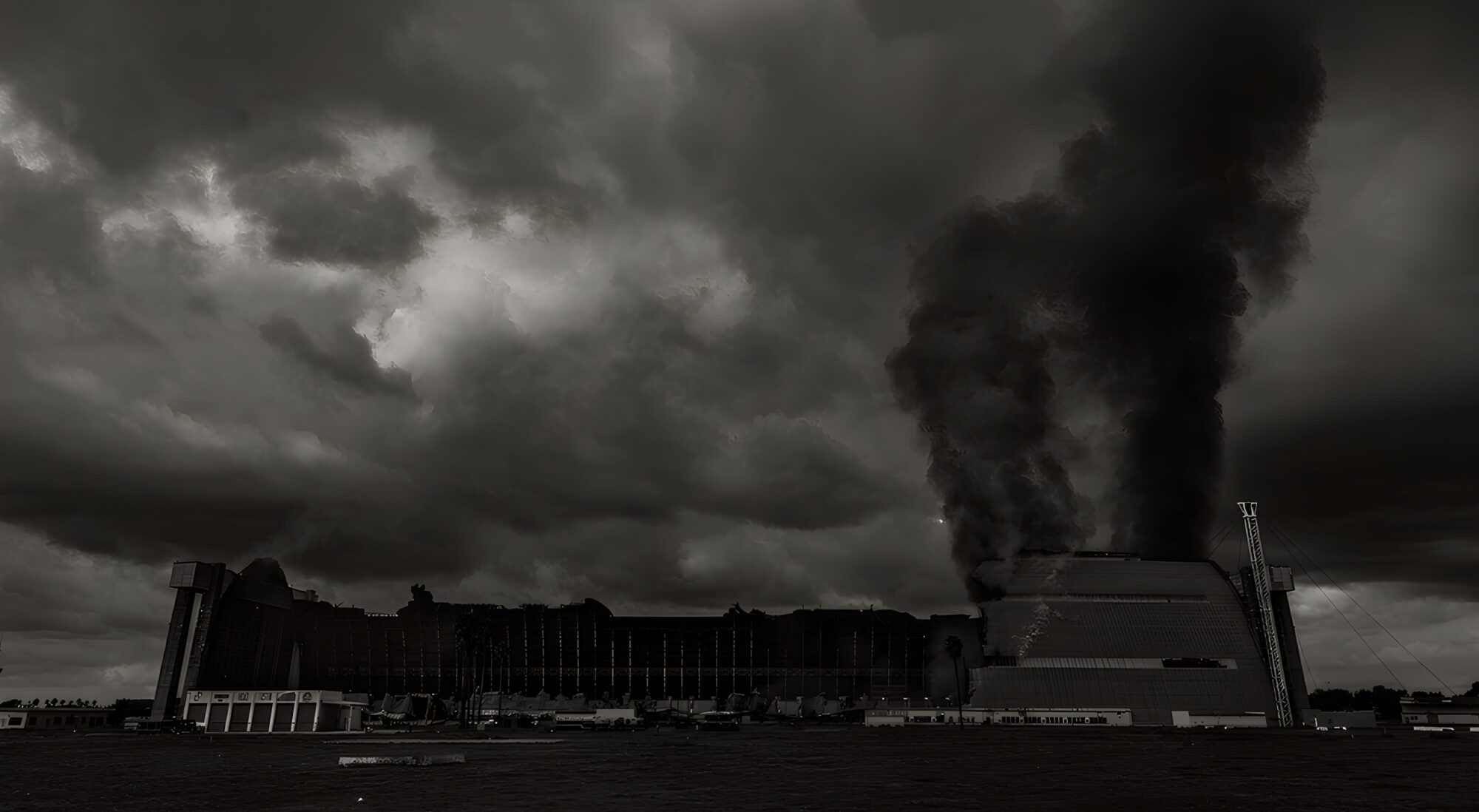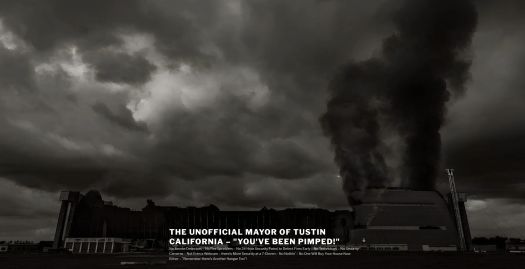In Cal Amsterdam – Everyone is Stoned – Drunk – High – Vaping – Addicted – Broke – Looting – Scamming – Robbing or Molesting Someone!
Addicted? 1-800-662-HELP
Living in cars or in the Bushes – or in Homeless Camps – Using Needles to Inject Opioids – Flinging Feces at People – and where Illegal Aliens and Criminals Get Financial Assistance and Free Healthcare.
The Stoners will Tell You that it’s Organic and Medicinal – the Alcoholics will Tell You that it’s Good for Your Heart – but All of it Causes Cancer.
The Perverts will Tell You that it’s – Affection and Love.
Everybody Just wants to Look Like Some “Freak” on a TV Sitcom.
In Cal Amsterdam – No One will Actually have a Legitimate Business or a Job – Everybody will Just be Magically Rich – Scamming and Defrauding Each Other – with – Tech – Startup – Real Estate – Development – Fake and Fraudulent Charities – Non Profits – NGOs – Please Donate – Churches – Group Homes – Do-Gooding – It’s Always for the Kids – Cyber Begging – Social Media – Fake Friends – Fake News – Data Mining – Financial Hocus Pocus – Expensive Animal Healthcare – and Other Exploitation.
Defying All Known Economic Fundamentals and Standards – Chasing After the Same Dwindling Supply of Real Money.
Driving Range Rovers – Bentleys and BMWs – Bribing Politicians and Officials – Flying Private Helicopters – Wearing Rolex Watches – Living in Ten Thousand Dollar a Month Apartments – Condos and Houses. Dining Lavishly – Going to Disneyland and Ducks Games – Living the Legacy Good Life – “All on Lines of Credit” and Somehow Magically Paying Taxes Too.
While City Hall – Congress – Educators – Reverends – Public Employees – Developers – Utility Companies – Nurses Unions – Doctors – and – Health-Scare Providers – Feed Each Other Grapes and Drink Up – Licking – Sucking and Masturbating Each Other – Always Using “Your” Money and Land.
Sexting Kids – Driving Drunk or Stoned and Crashing Into Trees – Watching Their Wife F-ck the Pool Boy – Molesting Police Explorers – in a Continuous – Corporate – Educator – Religious – Developer and Municipal – Corruption and Credit Orgy – Group Fuck – and Circle Jerk.
Bank Robbers – Don’t Call the Police – on Other Bank Robbers.
It’s a Dummied Down – No Child Left Behind – Everything’s OK – Anything Goes – Walk Away – Bankruptcy – Eat Your Way to 600 Pounds – Dump Toxic Waste – Have it Your Way – Addicted – it’s not Your Fault – No Savings Account – Out-of-Gas – Got Knocked Up and Daddy’s Long Gone – Jesus Loves You – Somebody Died and I Don’t have Any Money for the Funeral – Go Fund Me Page – I Hope they Donate an Extra 10 Thousand So I can Go to Vegas Too – I’m Overextended and Can’t Make My Payments – So I’ll Crap on the Neighbors – Rent Out Everything I Own – Hoarder – Park on the Street – Illegal Garage Apartment – Trailer Trash – Airbnb – Sign and Drive – Project X Party – Society.
The 300 Thousand Dollar a Year and Up – Bartender – Food Server – Personal Trainer – Mobile Car Wash Guy – Tattoo Artist – Dog Walker – Personal Shopper – Celebrity Chef – Event Planner – Social Media Manager – Hot Yoga – NFL – NBA – MLB – Sign and Drive – Lavish Lifestyle – Big Credit Limit – Valet Parking – I’m a VIP – Lamborghini and a Chinese Hooker – Hello Kitty Economy – Finally Crashed.
The New Economy is that – There is No Economy – and there hasn’t been one in 50 years.


They’re Smokin’ Vapin’ Drinkin’ Huffin’ and Sleepin’ – Library – Civic Center – and Tustin Area Businesses Overrun by Homeless Encampments. Alcoholics – Vapeheads – Meatheads – Potheads – Tweakers – Huffers – Third Strikers – Losers – Just Like Some of Your Friends!


